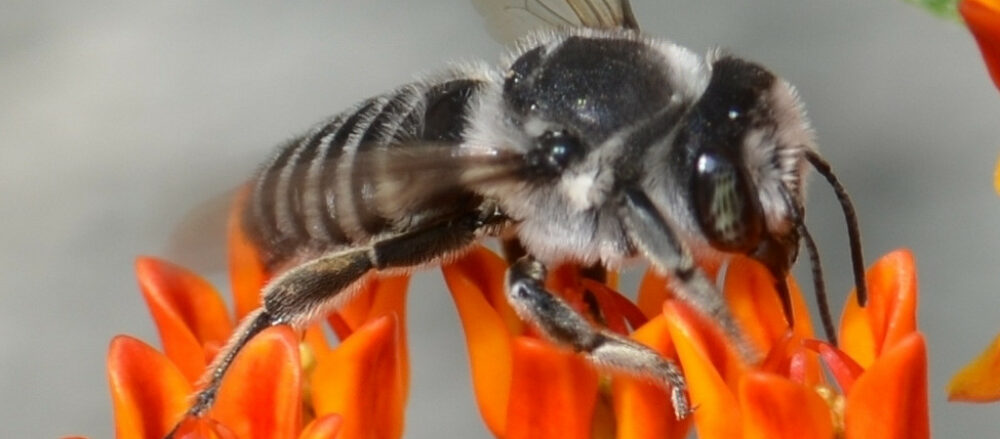Update 2007.11.04: For others’ reactions to the Times piece, see the Links at the end of this post, or check out the list on Brooklyn Junction. Also added a link to a 1998 letter to the editor about their invention of “Greater Ditmas Park.”
Today, the “Living In” feature of the Real Estate section of the New York Times looks at Flatbush:
More than a neighborhood, Flatbush often refers to a sprawling community in central Brooklyn comprising multiple smaller ones.
… But many smaller neighborhoods traditionally under the Flatbush umbrella, including Ditmas Park and Prospect Park South, have asserted distinct identities. So, the character of what might be called Flatbush proper — a rectangle anchored at the south by Brooklyn College — has come into sharper focus.
– Note to City Dwellers: Steals Available Here
The article claims “the borders of Flatbush are ambiguous”:
Neighborhoods once considered part of it have reclaimed their more specific names. Today, its western border is generally considered Ocean Avenue, beyond which are the various parts of Victorian Flatbush. Its eastern border is New York Avenue, beyond which is East Flatbush. The northern boundary is Parkside Avenue; on the south it is the Long Island Rail Road tracks, just above Avenue I.
This is not the first time the Times has gotten confused about the boundaries of the area. In 1998, they invented the term “Greater Ditmas Park” to cover several other neighborhoods, and a West Midwood resident took them to task for it:
Ditmas Park, along with Prospect Park South, Beverley Square West, West Midwood, South Midwood, Fiske Terrace, and the other neighborhoods in the area discussed are not part of ”Greater Ditmas Park” but of Flatbush.
Maybe that’s where Corcoran picked up their bad habits.
Part of the ambiguity is that the name “Flatbush” is used at two different scales, at least. There was the old Village, then town, of Flatbush, located along what was a trading trail and became the Flatbush Avenue of today. There was also the Township of Flatbush prior to consolidation, with Brooklyn in 1894, then with New York City in 1898. The township included the farmlands to the west of the town of Flatbush. These were developed at the turn of the last century into the “many smaller neighborhoods” the Times mentions.
The Township of Flatbush also extended north of the Times designation, bordering the Township of Brooklyn. In the Brooklyn Botanic Garden, a few hundred feet in from its southwestern entrance near the Carousel in Prospect Park, is a brass line and plaque marking this boundary:
The only substantial community garden in the area also gets a mention:
In 2002, the couple bought a one-bedroom co-op on Glenwood Road with an eat-in kitchen and spacious foyer … They started meeting neighbors through a residents’ association and the Campus Road garden, a community garden at Brooklyn College. In addition to the pleasure of tending their 10-by-13-foot plot, they enjoy summer social gatherings in the garden.
Related Posts
Forgotten Flatbush: The Albemarle Road Pedestrian Bridge
Links
Across the Park
Brooklyn Junction
Ditmas Park Blog
Fading Ad Blog
Hawthorne Street





Your history lesson teaches that men seem always to be arguing about borders. And, that when communities outgrow the ability of residents to know their neighbors, they tend to divide like cells in a growing body.
In some sense this Balkanization is good because it preserves healthy communities on smaller scales. But every line that closes some in, shuts others out. Wars over boundaries seem to haunt man’s history.
You don’t voice your opinion about what I should learn from your history.
Is it a good thing to live within amorphous and shifting boundaries of a place called Flatbush, or to argue about where to cast boundaries in stone or brass?
I like knowing the history of the place where I live, including what people thought about it at different times in the past. I consider myself to live in Flatbush (the area), just not the NY Times’ Flatbush (the neighborhood). I also lay claim to living in the smaller area of Victorian Flatbush, and the even smaller neighborhood of Beverley Square West (BSW) within that.
Outside of NYC, the Times “Living In” feature always looks at towns. Within NYC, they focus on “neighborhoods.” How that’s defined, and who defines it, are indeed interesting questions.
At one time the five blocks which comprise BSW had two different neighborhood associations. Beverley Square West was originally a development by Thomas Benton Ackerson on Argyle, Rugby and Marlborough Roads. Stratford and Westminster Roads had their own organization, Westford Park. The two merged not so long ago, within the memory of those still active in the BSW Association formed from the merger.
I knew my neighborhood wasn’t just that skinny little rectangle.